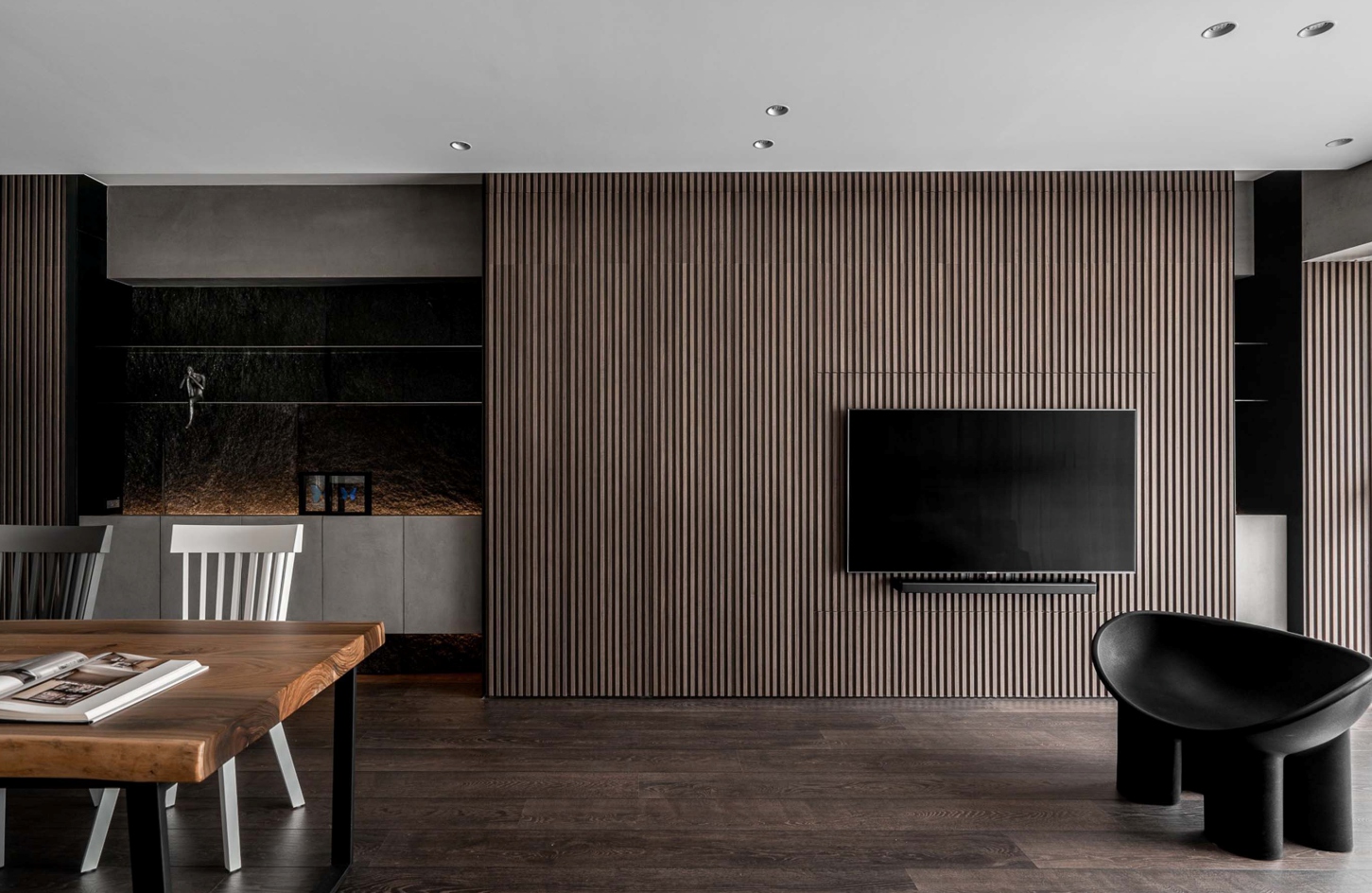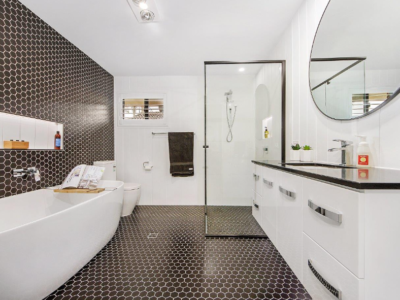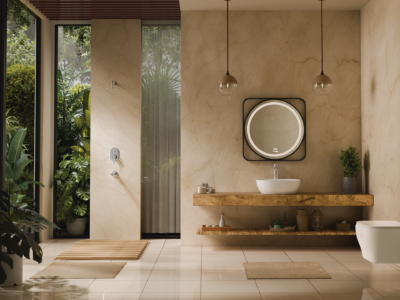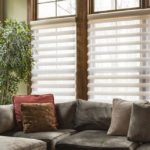
As we navigate our daily lives, we are constantly surrounded by sound waves, whether it be from the traffic outside, the hum of an air conditioning unit, or the chatter of our colleagues. While some noise can be comforting or even enjoyable, excessive noise can be detrimental to our health and well-being. Thankfully, sound absorbing panels exist to address this issue.
However, have you ever wondered how these panels work? How do they absorb sound, and what scientific principles are behind their effectiveness? In this blog post, we’ll dive into the science behind sound-absorbing panels and explore the technology that makes them so effective at reducing noise pollution.
-
Acoustics and sound control
Acoustics and sound control are crucial components in any space, whether it’s a recording studio, concert hall, or even an office. The way sound behaves in a room can greatly impact the quality of audio, as well as the comfort and productivity of those within the space. Sound absorbing panels play a key role in controlling the acoustics of a room by reducing the amount of reflected sound waves. This is achieved through the use of materials with high sound absorption coefficients, such as fiberglass or mineral wool, that are placed strategically on walls, ceilings, and floors.
The panels work by trapping sound waves within their porous structure, dissipating the energy and preventing it from bouncing back into the room. This leads to a reduction in echo, reverberation, and unwanted noise, creating a more pleasant and functional environment. Understanding the science behind sound absorbing panels is essential for architects, engineers, and designers looking to create optimal acoustic conditions in their projects.
-
Materials and construction methods
The materials and construction methods used in sound absorbing panels play a crucial role in their effectiveness. The most commonly used materials for these panels include mineral wool, fiberglass, and foam, with each having its own unique benefits and drawbacks. Mineral wool, for example, is composed of rock fibers and offers excellent sound absorption properties, but can be difficult to handle due to its density. On the other hand, fiberglass is lightweight and easy to handle but can cause skin irritation and is not as effective as mineral wool in absorbing low-frequency sounds.
Foam, meanwhile, is lightweight and easy to install, but may not be as durable as mineral wool or fiberglass. Construction methods also vary, with panels typically being made in a variety of shapes, sizes, and thicknesses to accommodate different environments and sound frequencies.
Additionally, the use of different materials and construction methods can impact the fire and acoustic ratings of the panels, making it important to select the right combination of materials and construction method for each specific application.
-
Sound absorption vs. soundproofing
When it comes to controlling sound in a given space, there are two main concepts that often get confused: sound absorption and soundproofing. While both are important in their own right, they serve very different purposes. Sound absorption is where sound waves are absorbed by a material, such as a sound absorbing panel, and converted into heat energy. This results in a reduction in the overall volume of sound in a room, making it more acoustically comfortable.
In conclusion, sound absorbing panels are an important part of creating a comfortable and productive environment in many different settings. Understanding the science behind how these panels work is key to selecting the right product for your needs.
By considering factors such as the material, thickness, and placement of sound absorbing panels, it is possible to effectively reduce unwanted noise and improve the overall acoustic quality of a space. With the right approach and a commitment to quality, sound absorbing panels can make a significant difference in the way we work, learn, and live.


















Comments